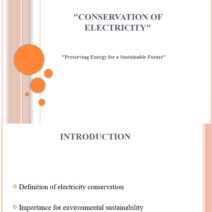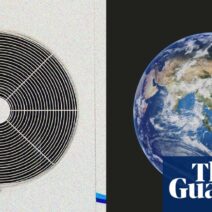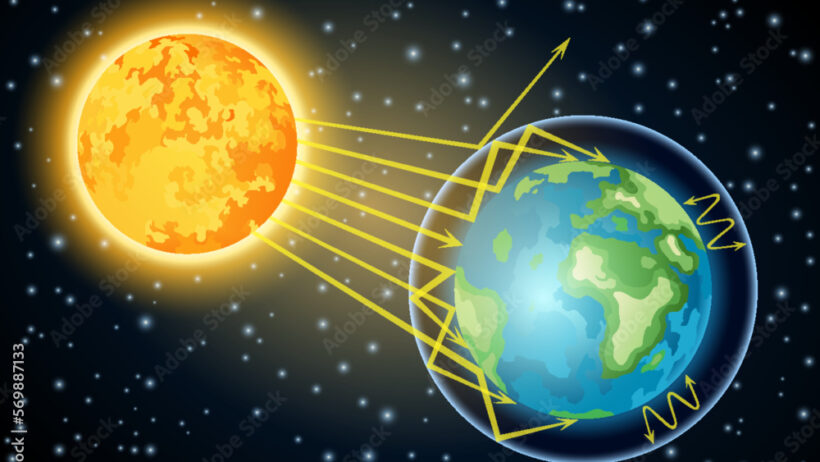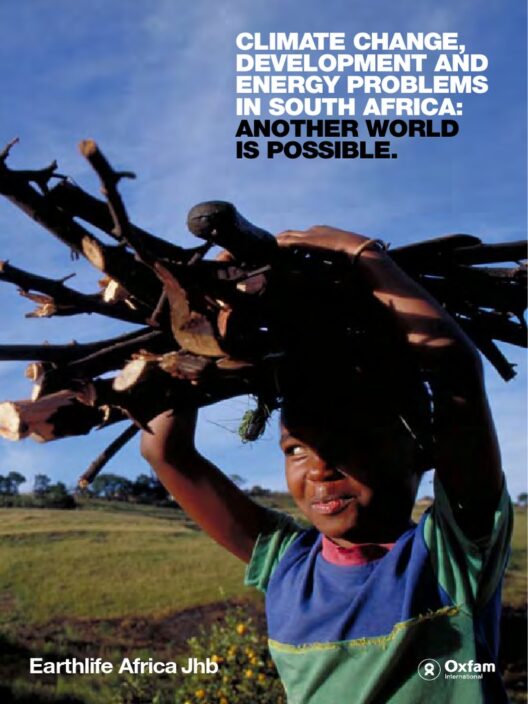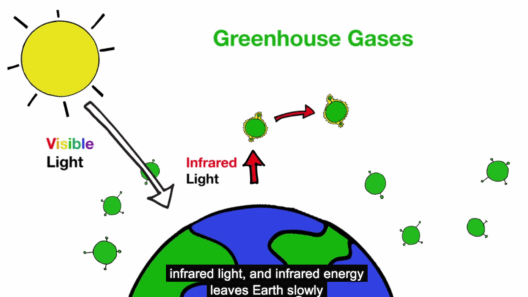Infrared radiation is an omnipresent force, yet it eludes our perception. Unlike the visible spectrum of light that illuminates our world, infrared radiation, which is invisible to the naked eye, plays a pivotal role in regulating Earth’s climate. At the core of discussions around climate change, the concept of invisible heat is intricately connected to global warming and offers an opportunity to shift our understanding of energy exchange within our atmosphere.
The electromagnetic spectrum encompasses a range of wavelengths, each contributing to our environment in distinct ways. On one end, gamma rays exhibit extremely high energy, while radio waves possess longer wavelengths with substantially less energy. Nestled between these extremes lies infrared radiation, which possesses energies sufficient to cause molecular vibrations without ionizing atoms. This characteristic places it in a unique position, enabling heat transfer without direct contact.
Solar radiation strikes the Earth delivering energy essential for life. Approximately 30% of incoming solar radiation is reflected back into space by clouds and bright surfaces, such as ice and snow. The remaining 70% is absorbed by the Earth’s surface, oceans, and atmosphere, setting into motion a series of pivotal processes driven by infrared radiation.
As the Earth warms under the sun’s touch, it radiates energy back into space in the form of infrared radiation. This energy transfer is governed by Kirchhoff’s law of thermal radiation, which states that a body at thermal equilibrium radiates energy at the same rate it absorbs it. However, the crux of global warming issues arises from gases in our atmosphere that function as insulators, contributing to the greenhouse effect—a phenomenon that can be both benign and detrimental.
Greenhouse gases, including carbon dioxide, methane, and nitrous oxide, allow sunlight to pass through but trap some of the outgoing infrared radiation. This results in an accumulation of heat within our atmosphere. While this greenhouse effect is crucial in maintaining a habitable climate by keeping the Earth warm, anthropogenic activities, such as fossil fuel combustion and deforestation, have significantly intensified this natural process. The additional carbon emissions have enhanced the greenhouse effect, leading to unprecedented rates of warming over the past century.
To comprehend the scale of this shift, one can look at historical data. The global average temperature has risen by approximately 1.1 degrees Celsius since the late 19th century. This seemingly modest increase belies its profound implications, as even small changes in temperature can have catastrophic effects on weather patterns, sea levels, and biodiversity. For instance, the melting of polar ice caps and glaciers raises sea levels, threatening coastal communities and ecosystems. Meanwhile, elevated temperatures exacerbate droughts and extreme weather events, leading to devastating consequences for agriculture and water resources.
The role of infrared radiation in this dynamic is multifaceted. It is not merely a passive component of energy transfer; it actively shapes the interactions between the Earth’s surface and the atmosphere. When we consider the spectral fingerprints of greenhouse gases, we can observe that they absorb infrared radiation at specific wavelengths, effectively trapping heat. This intricate dance between incoming solar energy and the outgoing infrared energy is what maintains our planet’s thermal equilibrium.
Despite its declared implications, the topic of infrared radiation remains a point of fascination and inquiry. While technology has equipped us with tools to measure and analyze these invisible energy exchanges, the broader societal awareness and understanding of infrared radiation’s role remain superficial. Engaging with this topic invites an exploration of concepts such as thermal inertia, the specific heat capacity of various materials, and the age-old question of energy balance.
As educators, policymakers, and environmental activists endeavor to raise consciousness around climate change, it is imperative to articulate the scientific principles behind infrared radiation. The promise of harnessing this knowledge lies in its potential to galvanize action. For instance, implementing more efficient energy usage technologies, such as passive solar design that capitalizes on the sun’s energy while minimizing heat loss through effective insulation, stands to mitigate the adverse effects of global warming.
Moreover, advancements in carbon capture and storage technology also target greenhouse gases directly, aiming to diminish their impact on the thermal blanket that envelops our planet. By reducing the accumulation of these gases, we can aspire to restore a more balanced energy exchange system, where outgoing infrared radiation is less hindered and the opportunity for Earth’s natural cooling mechanisms is reinforced.
Additionally, educating the public about the critical role of infrared radiation in climate science can foster enhanced environmental stewardship. Awareness campaigns emphasizing energy conservation and sustainable practices bridge the gap between complex concepts and everyday actions. When individuals understand how their choices affect greenhouse gas emissions and subsequent infrared heat retention, it can catalyze a collective movement toward sustainable practices in both domestic and corporate spheres.
Ultimately, embracing the concept of invisible heat reorients our approach to environmental issues. It nudges us to recognize the interdependence of various energy forms and their impacts on climate. As we stand on the cusp of transformation in energy consumption and ecological responsibility, understanding infrared radiation’s role in global warming offers not only a pathway to awareness and education but also a challenge to innovate and take action.
In conclusion, the journey towards combating climate change necessitates a nuanced understanding of the invisible forces at play, particularly infrared radiation. As we continue to scrutinize and adapt our practices concerning energy usage and greenhouse gas emissions, a shift in perspective toward these seemingly imperceptible phenomena can fill the void between knowledge and action, nurturing a healthier planet for future generations.
